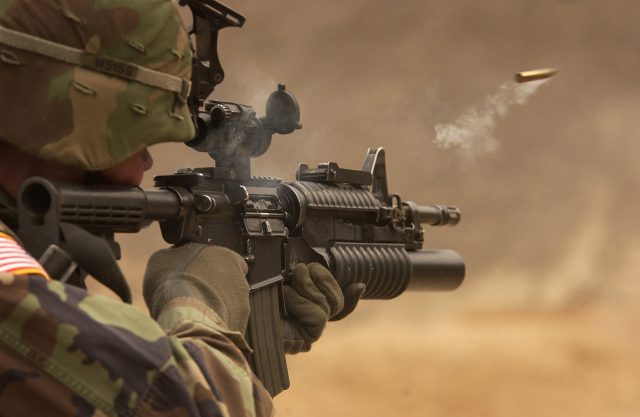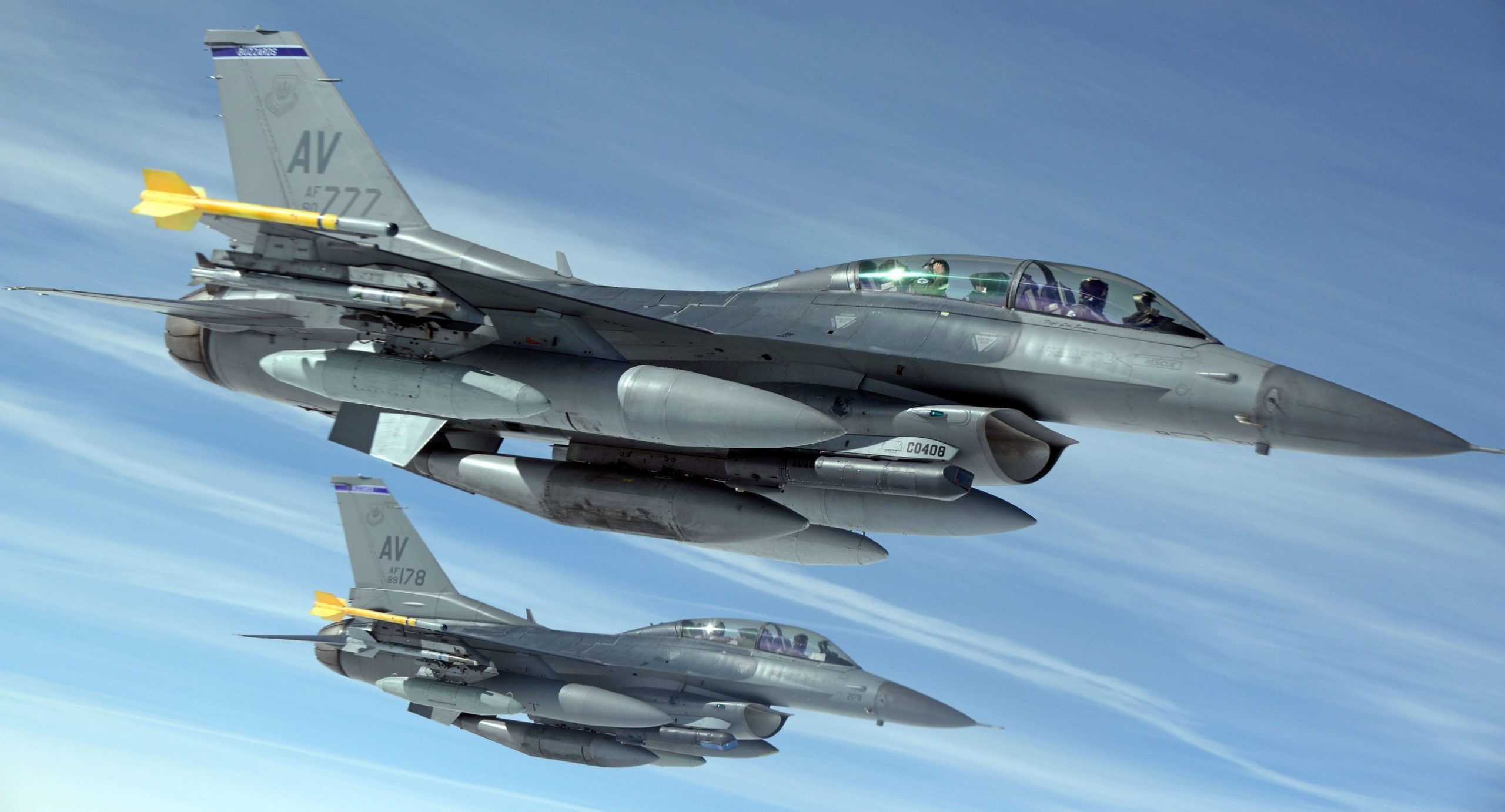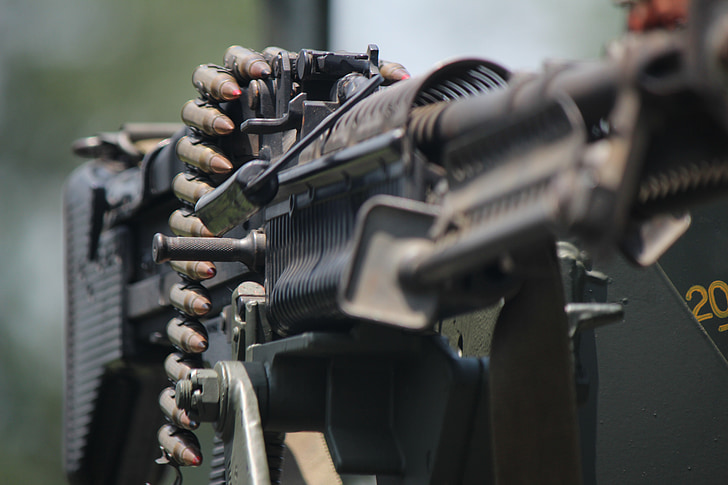
In the current geopolitical context, where the “old continent” is having to take more responsibility for ensuring its own security, the European Union is looking for solutions, without much success so far. After the creation of a “European army” proved to be an unviable solution because many EU states do not want to give up their exclusive competence in the field of defence, Brussels came up with another proposal: the creation of a continental complex in the field of the arms industry.
EU defence funds to be doubled
The European Commission has come up with a strategy to revitalise the continent’s arms industry, which was left without investment or contracts in the run-up to the war in Ukraine. The EU’s involvement in supporting national defence industries would essentially take the form of a joint procurement plan modelled on the US. But at the same time, the measures proposed in the strategy – if agreed by member states – would be backed up by a substantial European defence fund. Last but not least, to implement the strategy, a new post of European Commissioner for Defence could even be created.
Although many European countries have increased defence spending from their GDP since the Russian invasion of Ukraine, European officials believe that individual countries’ efforts are not enough and want European bodies to play a greater role in defence industrial policy. Some analysts say the European arms industry has proven itself incapable of meeting new challenges. The demand for armaments has increased significantly in the light of the war and the need to provide military support, including arms deliveries, to Ukraine. However, the defence industries of European countries have once again demonstrated that they cannot cope with sudden increases in demand, for example for artillery ammunition. Official data on the significant increase in the volume of EU arms imports – particularly from the US – confirms this.
On the other hand, a reset of the European arms industry from “peace mode” to “war mode” is seen as a necessity by both Brussels and some member states, amid fears that Russia could attack a NATO member state in Europe, which at the same time could be left uncovered in the absence of support from its ally across the Atlantic if Republican Donald Trump returns to the White House after this year’s elections.
An EU first – the strategy for the European defence industry
In this context, the European Commission announced in early February its strategy for the European defence industry. The strategy – which is a first for the EU – sets out a series of measures aimed at making the armaments industry more competitive, but also establishes indicators to measure the progress made by member states in developing their own industries.
One of the main measures proposed by the commission is joint procurement of armaments. This calls on member states to procure at least 40% of defence equipment collaboratively by 2030. By the same date, EU bloc countries should have at least 50% of their defence procurement budget used in the EU’s internal market. This would rise to 60% in 2035, according to the commission’s proposal. In other words, the EU wants member states to buy more armaments on the European market and, to that end, it wants to get involved in supporting national defence industries to increase production capacities.

Commission officials have also proposed that Ukraine be included in the strategy to boost joint procurement and increase production capacity, even though the country is not part of the EU, only a candidate country. The European Defence Industrial Programme (EDIP) would ensure continuity in EU support for the common defence industrial and technological base, to make it competitive, adaptable to new realities.
“We need to change the paradigm and move to war economy mode. This also means that the European defence industry has to take more risks, with our support,” Breton said, previewing the package.
“In the current geopolitical context, Europe must take greater responsibility for its own security, regardless of the outcome of our allies’ elections every four years,” said Commissioner Thierry Breton, referring to the fact that Donald Trump has already questioned US commitments to NATO.
Among the European Commission’s proposals is the adoption of a home-grown version of the Foreign Military Sales programme – whereby the US helps other countries buy arms from US companies. The commission is also proposing that companies in the sector be taken over by governments in the event of war, and is considering forcing European firms in the sector to give priority to orders from within the EU in times of crisis.
Back to large-scale arms production
To implement the proposed measures, commissioner Thierry Breton said the defence fund could be topped up with €1.5bn to start with. In future, however, the amount could be increased if member states agree to the proposals. To materialise into legislative measures, the commission’s proposals would have to be approved by member states – often reluctant to cede defence decision-making power – and the European parliament. So agreement on these proposals is not expected until after the 9th of June European parliamentary elections, when the new parliament is formed and the new commission appointed. If Ursula von der Leyen is nominated for a second term as Commissioner, as some sources are suggesting, it is possible that her proposal for a European Commissioner for Defence will also be put on the table.
The European arms industry has already entered a new trend, without the involvement of Brussels. The biggest increases in production in the European arms industry have been in Eastern Europe over the past two years. Here, with few exceptions – such as Romania, which has not invested in new production capacity for this branch of the industry – companies in the sector – most of them state-run – have started producing at a pace unprecedented since the Cold War. The reasons were partly linked to concerns that Russia might carry out its threats, and partly because they saw an opportunity in the new conflict that erupted two years ago. According to a Reuters investigation, for Eastern European defence companies, the war in Ukraine has also opened up export opportunities to the African market, where they were relatively big players during the Cold War. According to Reuters journalists, this is the case for companies in Poland and the Czech Republic, which are negotiating new agreements to sell weapons, equipment and military services in Africa to customers who want alternatives to what Russia currently offers.

A signal for the trend in the Western European arms industry was recently given by Germany. Chancellor Olaf Scholz recently attended the groundbreaking event for a new Rheinmetall howitzer factory. According to Scholz, this should signal to Europeans to strengthen the continent’s defence industrial base and focus on long-term, grouped orders.
“We need (…) to go back to large-scale arms production,” Olaf Scholz said, quoted by AFP.
In Europe, there are several countries with a tradition in the defence industry. The main players are France, Germany, the United Kingdom, Italy, Spain and Sweden, which recently joined NATO. These countries have rich histories in the development and production of military equipment, contributing significantly to the global defence industry. France has a strong defence industry and is known for producing sophisticated military equipment such as fighter aircraft, submarines and missile systems. Germany’s arms production specialises in the production of military vehicles, communications equipment and defence technology. Italy has a diversified defence industry producing a wide range of military equipment, including warships, armoured vehicles and fighter aircraft. In the case of Spain, defence equipment production is mainly focused on military shipbuilding, aircraft and armoured vehicles. Sweden is known for the production of artillery systems, armoured vehicles and military communications equipment.



 Subscribe
Subscribe